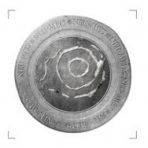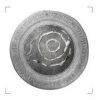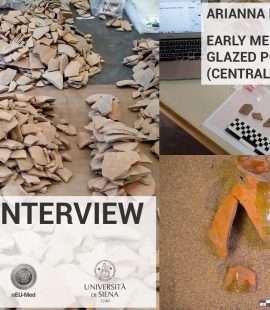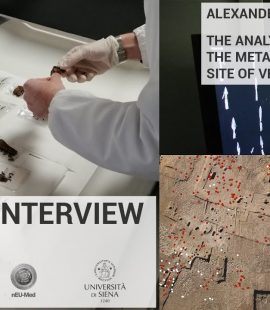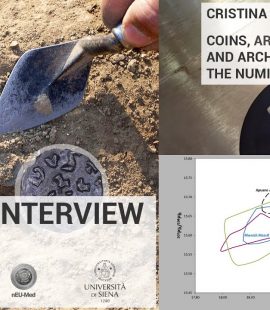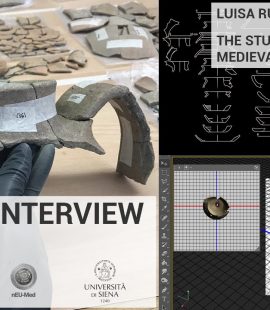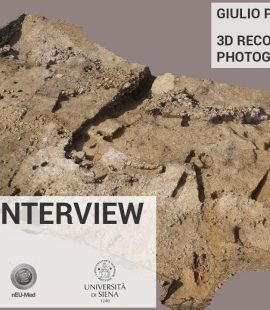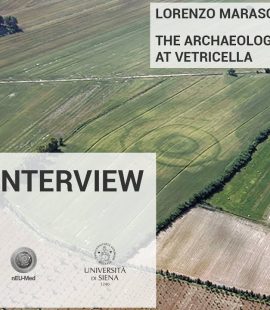Arianna Briano – Early Medieval Sparse Glazed Pottery in Tuscany
In the framework of the ERC nEU-Med, Arianna Briano’s PhD project focused on the study of single fired sparse glazed pottery. The research aimed at identifying types and production techniques, defining the chronology and productive sites in Tuscany during the … Read More

